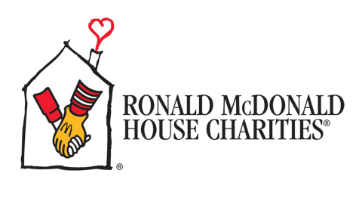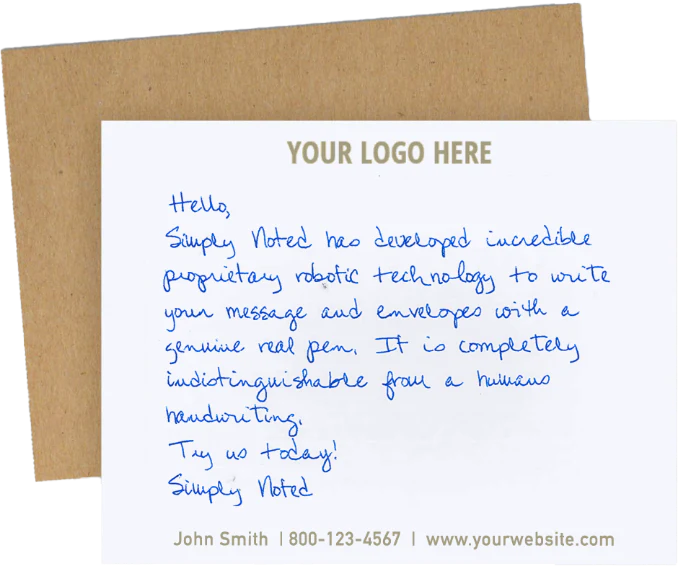The Complete Guide to Writing S.M.A.R.T. Goals

If you’ve ever set New Year’s resolutions for yourself only to abandon them a few months (or a few weeks) later, you’re aware of how difficult it is to see goals through to completion. We usually enter with the best intentions but find that life slowly whittles away our resolve until the motivation we need to continue evaporates.
Here’s the thing. Our frequent failures don’t necessarily point to a flaw in our character. We’re all capable of sticking to our commitments and seeing them through to the end. Often the issue isn’t our determination or persistence. The problem is the way we formulate our goals. We build them in a way that doesn’t support their realization.
That’s where S.M.A.R.T. goals enter. They make it considerably easier to achieve your dreams by focusing your efforts more effectively. They remove ambiguity and create milestones to help you track progress. Nebulous objectives are grounded, converted into realistic achievements. S.M.A.R.T. goals flesh out generalized objectives into a specific path you can follow.
S.M.A.R.T. goals contain not only the objective but also the steps you’ll take to get there and the methods you’ll use to measure results. In this way, they’re both a goal and a plan of action rolled into one targeted approach to achievement. The magic is in the acronym. Let’s look at what S.M.A.R.T. stands for.
SEE ALSO: 22 Personal New Year's Resolutions for a Healthy, Happy, and Successful 2021
S: MAKE YOUR GOAL SPECIFIC
You can’t achieve your goals if you don’t precisely define where you’re heading. Goals need to be specific, so there’s no confusion.
Imagine you want to improve how you feel. You might set yourself a goal of becoming healthier. But what does that mean? There are countless facets to good health. You can’t possibly tackle all of them at the same time. How would you know what to focus on from moment to moment?
Try to refine your goal to a specific condition. Instead of pursuing better health generally, select a foundational principle of good health and set your sights there. In this case, we’re going to focus on weight loss. We know that losing weight brings a wealth of health benefits, so it feels like an excellent place to start. Let’s see what we did.
- Not Specific: I want to be healthier.
- Specific: I want to lose weight.

M: MAKE YOUR GOAL MEASURABLE
We’ve narrowed our goal to something specific — we want to lose weight. But how will we know when we’re finished? Technically, losing a single pound would qualify as a success given the way our goal is written. But that’s not really what we’re after. We want significant weight loss that will make a difference to our health.
That’s why we need our goals to be measurable. We need to constrain more precisely what we’re trying to accomplish and phrase it in a way that allows us to measure our progress. Your S.M.A.R.T. goals should contain specific metrics, and a means to measure them.
We decide we want to lose 60 pounds for our current goal, getting back to our college weight. We’ll track our progress with daily weigh-ins using our bathroom scale.
- Not Measurable: I want to lose weight.
- Measurable: I want to lose 60 pounds which I’ll track by weighing myself each morning.
A: MAKE YOUR GOAL ACHIEVABLE
Achievable goals share two critical elements. One, the goal has to be realistic. “I want to be the president of my company” probably isn’t achievable if you just started six months ago and still work in the mailroom. A more attainable goal might be “I want to get promoted into management.” This sets a realistic stepping stone that you can use to bridge yourself to your ultimate goal.
The second element involves the processes you use to pursue your goal. If you said, “I want to lose 60 pounds, but I don’t want to alter my diet,” would that be achievable? Probably not. The process you use to achieve your goals needs to be just as realistic as the goal itself. In this case, we realize that getting back to our old college weight, when we were in the best shape of our lives, probably isn’t realistic, and we need to reduce the amount we eat. So we scale back a bit and include a practical methodology.
- Not Achievable: I want to lose 60 pounds which I’ll track by weighing myself each morning.
- Achievable: I want to lose 40 pounds by limiting myself to 1,700 calories a day. I’ll track my calories with an app and my weight with my bathroom scale each morning.

R: MAKE YOUR GOAL RELEVANT
Relevant goals are those that bring you closer to some grander vision. In this case, our overarching objective is to become healthier. Losing weight is undoubtedly relevant to becoming healthier. For comparison’s sake, let’s imagine a goal that might not be relevant to improving our health.
“I want to watch less TV” is a useful goal, and it could have some health benefits (less time spent on the couch means a less sedentary lifestyle,) but the connection is tenuous. Other benefits to watching less TV are more pronounced than those it offers your health.
Let’s restate our goal to include our overarching vision.
- Not Relevant: I want to lose 40 pounds by limiting myself to 1,700 calories a day. I’ll track my calories with an app and my weight with my bathroom scale each morning.
- Relevant: In an effort to improve my overall health, I want to lose 40 pounds by limiting myself to 1,700 calories a day. I’ll track my calories with an app and my weight with my bathroom scale each morning.
T: MAKE YOUR GOAL TIME-BOUND
You’re almost there! You have a specific goal, it’s relevant to your purposes, it’s achievable, and you know how to measure your progress. What’s missing? A time frame to operate within. If you don’t add time constraints, your goal will still be too nebulous. Trying to reach 40 pounds of weight loss...eventually isn’t very motivating. Set a window and a time-based finish line. You may need to revise your timeline as you go.
In this case, our time constraint also affects other elements of our goal. Let’s imagine we want to be “swimsuit ready” by summertime, and that’s in four months. To achieve the weight loss we want in that time frame, we’ll need to be a bit more aggressive about our calorie restrictions.
- Not Time-Bound: In an effort to improve my overall health, I want to lose 40 pounds by limiting myself to 1,700 calories a day. I’ll track my calories with an app and my weight with my bathroom scale each morning.
- Time-Bound: In an effort to improve my overall health, I want to lose 40 pounds in four months by limiting myself to 1,500 calories a day. I’ll track my calories with an app and my weight with my bathroom scale each morning.

NOW YOU HAVE A GOAL YOU CAN REACH!
By phrasing our goal with a S.M.A.R.T. architecture, we have all the tools we need to help ensure success. The next time you’re trying to achieve a goal, make it S.M.A.R.T. You’ll be enjoying the fruits of your labor in no time!























